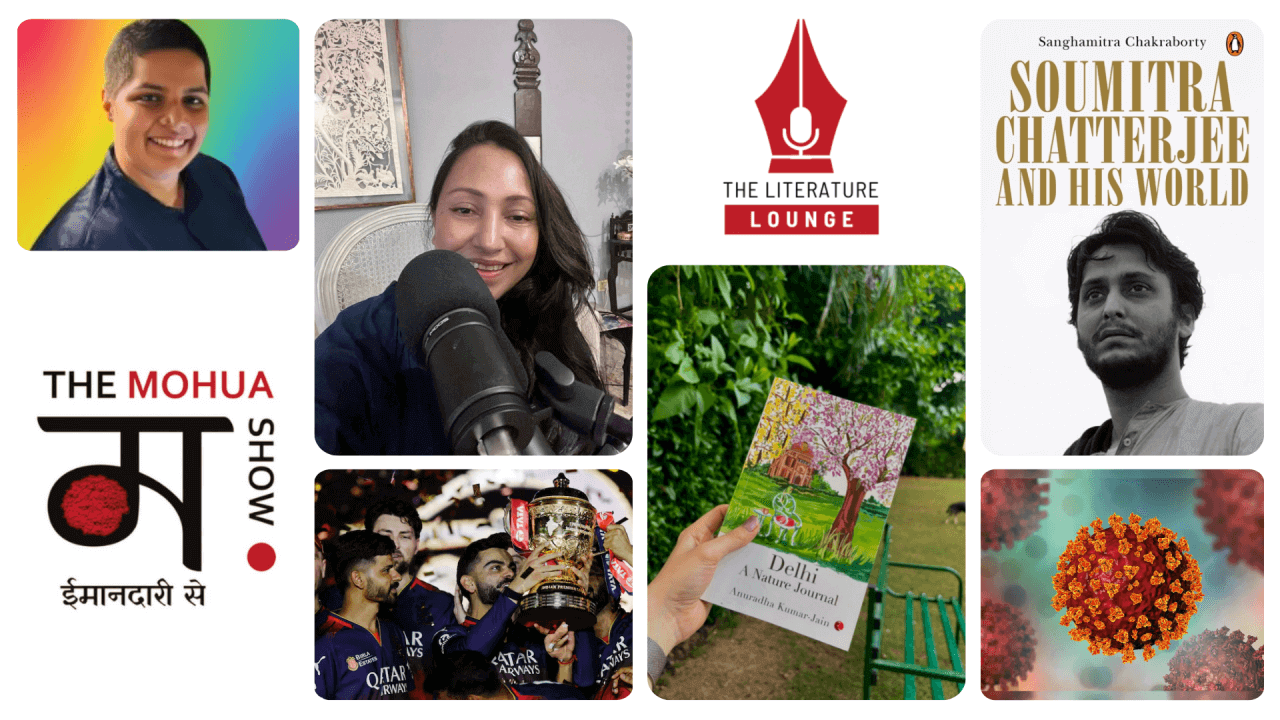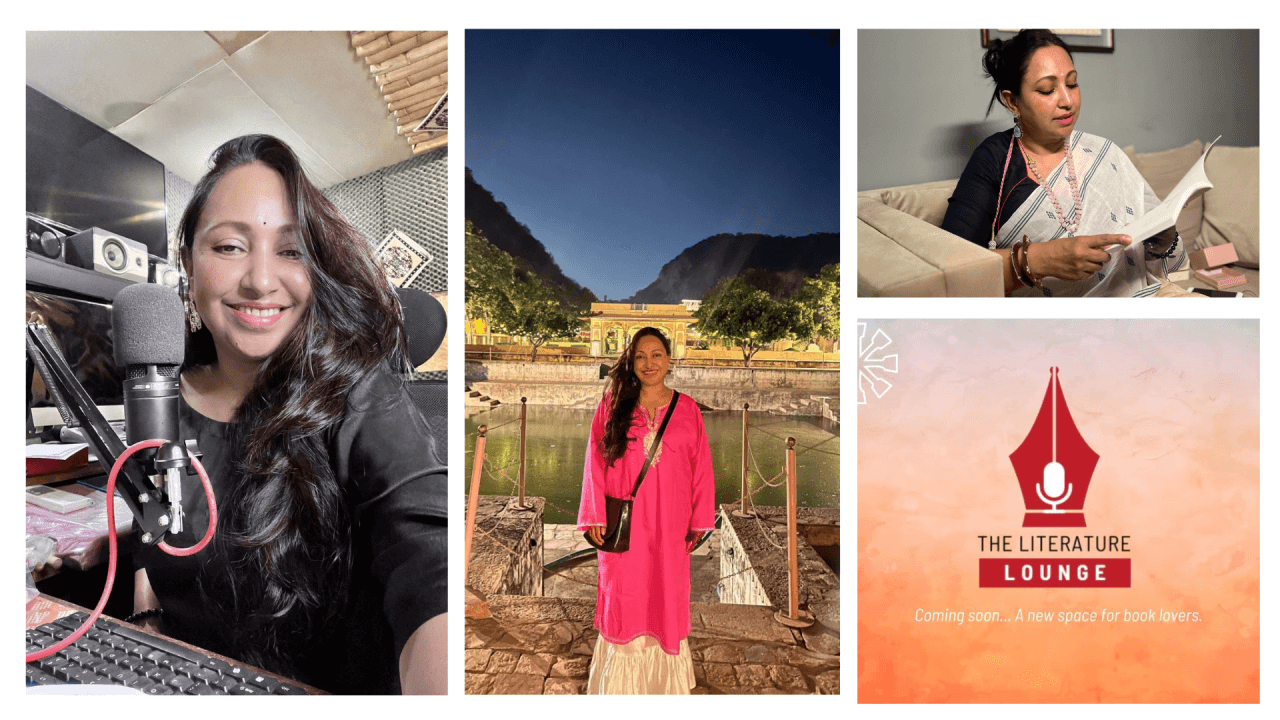Flowers On My Frock
Winter breaks meant going from the chilly nip of the frosting window sills of Shillong to warmer Calcutta winters. Ma loved her uncle’s home in Phulia, West Bengal. The hub of the weavers of Bengal. It was the lull of the sleepy little village which had electricity, village vibe, and the famous Baul singers.
They were the singing minstrels of West Bengal. They roamed the villages with their organic one string instrument called the ektara and the traditional tulsi bead necklace around their necks and the sandalwood motif on their foreheads. There was an uniformity in dressing in those nondescript little villages those days. Most village folks wore cotton saris & the little girls wore frocks. The men I barely noticed.
The frocks were different in colour and fabric from each other but the pattern remained the same. It was closed high neck with buttons at the back and gathers in the waist and till your knees. Some had a belt to tighten at the waist.
I was Ma’s pride and joy. So my frocks had the lace trimmings at the end. The others didn’t seem to have lace in their frocks in that sleepy little town. The other girls were fascinated with my matching clips and crisp Loreto Convent English accent. I was the chosen one among them. Evenings meant getting together near the yard and running in search of the fallen fruit or picking flowers. It was something that I couldn’t imagine in my sanitized English school.
Sometimes memory plays such an amazing hide and seek in the days when you catch the fading sunlight and a memory just strikes you. I recall the Batik prints, the floral prints and the ivory or jasmine coloured dress to the matching hair clips. Ma was aesthetic in her choice of prints and patterns. That stays even today.
Clothing has been part of our civilization since 5th millennium BC. It began in the Indus Civilisation where cotton was spun, woven and dyed. Bone needles and wooden spindles have been excavated. So we know that vanity is age-old and undying. Our Indian clothing has been adapted with the hot weather in mind and muslin was created. Over time many forms of weaving technique have been discovered and employed. But frocks remain an integral style of dressing up little girls.
Mothers take pride in dressing up little girls with frocks and matching ribbons. I think lessons on matching and putting yourself begins early at age. I recall Ma choosing the right colours for the frocks she stitched for me or outsourced to a tailor. She insisted that the Phulia tailors would make me fine cotton dresses. So the ritual was to go to the village market with her hand in mine. We were city folk and the immediate respect among the humble frugal village shopkeepers was palpable even to my little mind. They offered me sweets and water from the earthenware. Ma looked at me & according to her nod I agreed or disagreed to accept the food offered.
Phulia is rural Bengal. Children play with masks over paddy fields and empty grasslands, where the only sound is of the passing train en route to a larger town ahead.
I made many friends there. And I generally followed their games of hopscotch and hide and seek and waving at passing trains. And just as the street lights were switched on and the homes started blowing their conch. We knew it was time to return to our homes. God forbid if I entered post-dusk. So I didn’t ever take that chance.
I don’t recall the time and point in my life where I gave up the frocks and the ribbons. When and where and over which time I started feeling the need to cover myself more than required. I have lost track. And this journey was rife with shame and unshackling of so many prejudices of becoming the woman I am today.
I learned frocks were for little girls. You stop wearing as you grow older. The memories of the little girl unaware of her button clasped or unclasped changed over time. I was taught that you need to be aware of how much of your body is showing. It was hindering in the beginning but over time I learned this is growing up.
Caged or uncaged the bird sings it’s lullaby and Phulia today is a bigger town but little girls are still seen wearing cotton frocks and running after the butterfly or picking the flowers fallen on the ground. And I smile because I know even for them this will become a memory.
The little girl in each of us still lives. Some masked and some unmasked but all searing through the fields, holding one another in the journey that lies ahead, not knowing where and how we will graduate from the frocks to the saris and the salwar kameez.
Change is inevitable but memories don’t fade and don’t change. They just change your vision of self and your surroundings.





